

9:00 am EDT - 11:45 am EDT
Past Event
Since the outbreak of COVID-19, some East and Southeast Asian countries have employed various public health policy and medical approaches to slow the spread of the virus within their borders. These measures have been reasonably effective in slowing the spread of the pandemic, but they have not taken root in many countries outside of the region.
This webinar featured experts from Asia to discuss and evaluate methods that have worked to combat the COVID-19 pandemic. Brookings President John R. Allen offered opening remarks calling for international collaboration to fight the disease, rather than blame-shifting. His remarks were followed by an introduction to the two panels by interim Vice President of Foreign Policy Suzanne Maloney, which were moderated by Maloney, Michael H. Armacost Chair and Fellow Ryan Hass, and John L. Thornton China Center Director and Senior Fellow Cheng Li. Panelists reviewed the national responses of China, Japan, Singapore, and South Korea and assessed future prevention, treatments and trajectory of COVID-19.
Dr. Soonman Kwon, professor and former dean of Seoul National University’s School of Public Health, opened the discussion by stressing the importance of widespread testing in Korea to prevent the spread of the outbreak. “At the beginning of the [outbreak] there were some discussions on whether mass scale testings were needed or not,” Kwon said. “It turns out that mass-scale testing is quite an effective mechanism for finding [COVID-19] cases, isolating the cases, and treating infected people.”
Multiple respondents critiqued their government’s initial responses, especially when it came to testing. Dr. Kenji Shibuya, director of the University Institute for Population Health at King’s College London, said of Japan’s response: “What we didn’t do well was we didn’t expand the testing capacity…enough to test all the suspected cases.”
Xue Lan, dean of Schwarzman College at Tsinghua University and senior adviser to the Brookings-Tsinghua Center, spoke of a similar situation in China. “The cover-up of the local health authority and the not-as-rigorous process of investigating the cases led to the wrong judgment that the human-to-human transmission was [a] low probability,” he said. After a Chinese health committee determined that human-to-human was possible in late January, “testing at the early stage became a bottleneck and also the surge of patients made medical beds limited. So a lot of people rushed to try to get tested, and that further exacerbated the situation.”
Dr. Zheng Junhua, the vice president of the First People’s Hospital in Shanghai, spent 68 days in Wuhan earlier this year as part of a medical response team. “I believe it is very important for the government to put mandatory requirements to wear masks in public spaces,” Zheng said, “For the general public, the masks should only be surgical masks and not N-95 masks, which should be left for frontline medical workers.”
Other respondents, such as Dr. Vernon Lee, director for communicable diseases at the Singapore Ministry of Health, emphasized the lag time between the exposure to COVID-19 and contraction of the disease, which could extend as long as a week, and which has made predictive modeling of the spread of COVID-19 more difficult.
Dr. David Ho, director of the Aaron Diamond AIDS Research Center at Columbia University and an award-winning researcher for his work on HIV/AIDS, brought this perspective home to his analysis of the United States. “I think that the problem is that many of the regions in the U.S. are not proactive,” Ho said. “They are only reactive when problems appear. Their attitude is that this is someone else’s problem, yet the virus spares no one.” Ho said that new drugs being tested will only be temporary solutions, and said a global effort is needed to fight the drug and neutralize the virus.
During the second panel discussion, Dr. Ho and the other panelists discussed the potential scenarios for virus spread. Dr. Chen Jian, CEO of CreditWise Technology Company, outlined several models for countries and regions in Europe, Asia, and North America. Although he did not forecast an estimate of deaths, he said that in the U.S., “based on the forecast right now, it looks like the final infection number will be between half a million and one million.”
Dr. Zhang Wenhong, director of Huashan Hospital’s Department of Infectious Disease at Fudan University, said that his prognosis for the United States and Europe was ultimately optimistic, but countries with limited medical resources in regions such as Africa and South Asia could face more serious problems combatting COVID-19.
Ultimately, the panelists concluded that fighting the virus will require a global effort to find a vaccine for COVID-19, which is necessary both for managing the immediate outbreak as well as responding to its potential reemergence, not to mention possible new strains of the coronavirus. “We need to launch a global effort to find new drugs, antibodies, and vaccines that are optimal for this virus,” Ho said.
9:00 am - 9:10 am
9:10 am - 10:45 am
Moderator
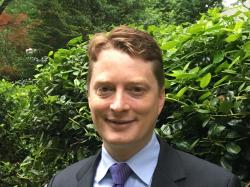
Panelist
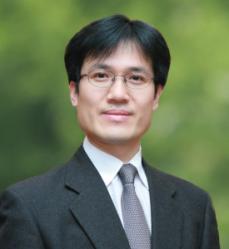
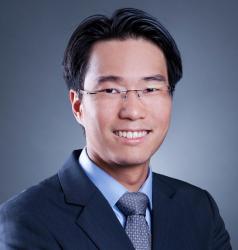
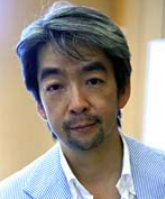
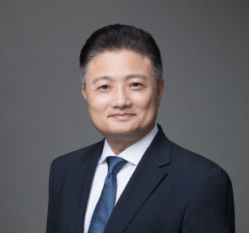
10:45 am - 11:45 am
Moderator
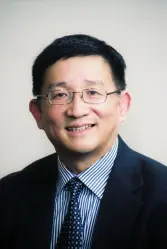
Panelist
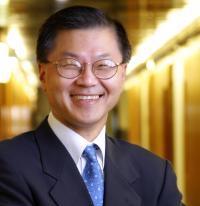
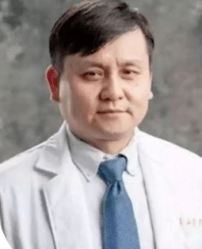
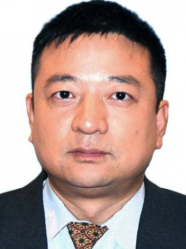

Vanda Felbab-Brown
April 16, 2024
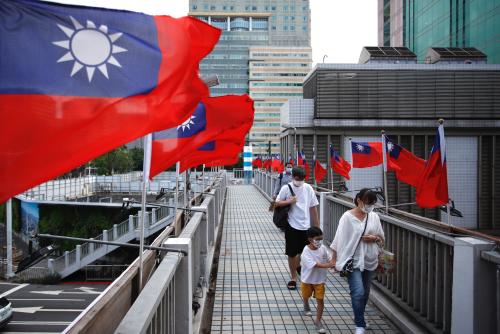
Michael E. O’Hanlon, Ivan Kanapathy, Rorry Daniels, Thomas Hanson, Ryan Hass, Patricia M. Kim, Emilie Kimball
April 16, 2024

Ryan Hass, Colin Kahl
April 5, 2024